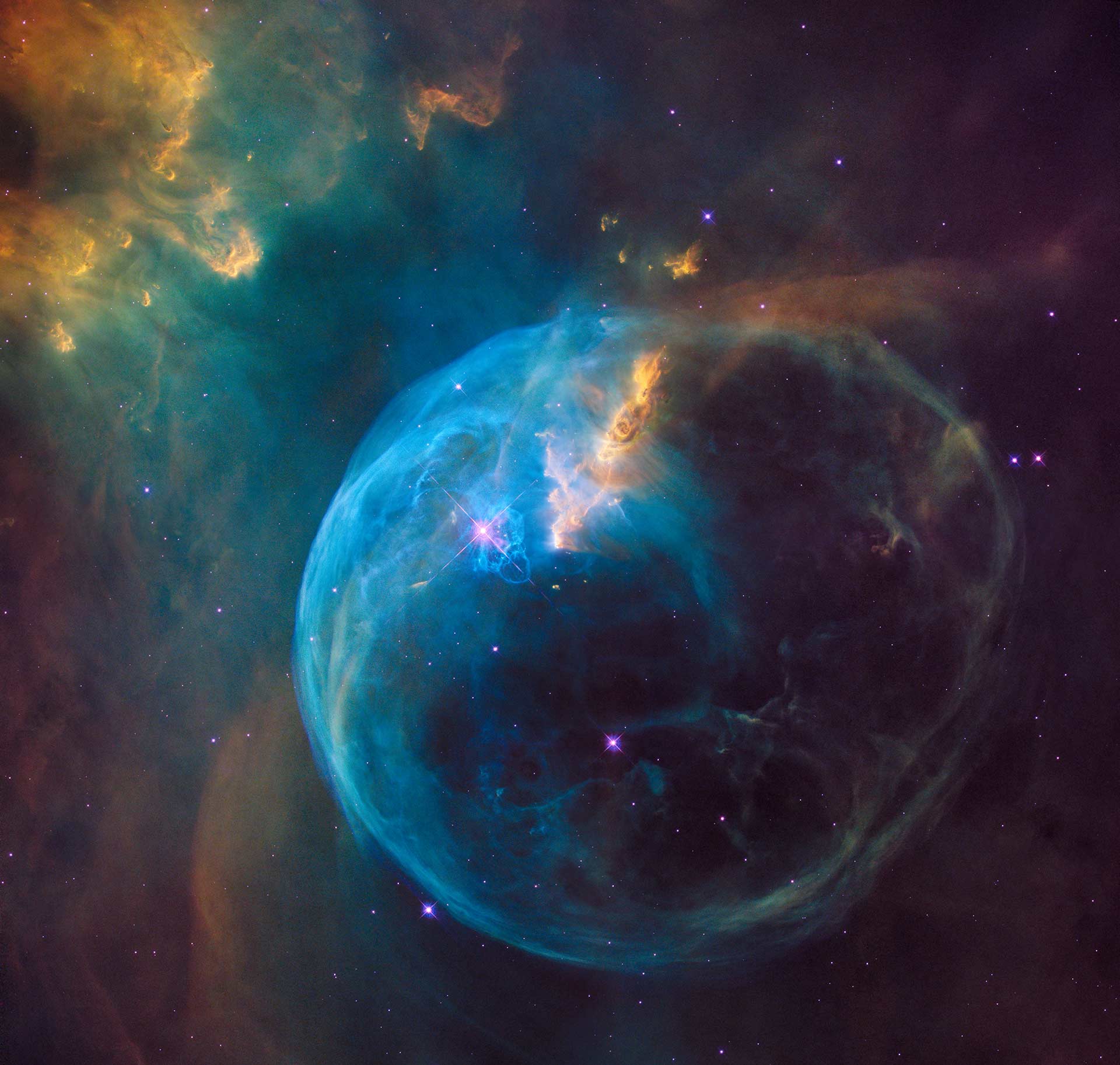The Rhythm of Space - Museo della Grafica di Pisa (Palazzo Lanfranchi)
The exhibition “The Rhythm of space” is an exhibition at the crossroad of Art and Science and it is the product of the work of the group Universe 2.0 composed of renowed artists: G. Alda, P. Büchler, A. Csorgo, R. Dallaporta, R. Galle, B. Lamarche, L. Lijn, L. de Maigret, A. Ortiz, T. Saraceno and J. Thomson; scientists, architects and philosophers: M. Barsuglia, V. Boschi, A. Dubois, C. Flécheux, E. Krouska, M. Lachièze-Rey, A. Letailleur, P. Legrain, D. Marciak, R. Malina, V. Napolano, S. Katsanevas, C. Spiering, A. Tosi, Y. Winkin and H. Wismann. The project was initiated by Pierre Binetruy at the end of 2016, tragically departed in April 2017, and had to restart anew in June 2017. This exhibition is devoted to his dear memory.
The aim of the project is to initiate an exploration, through a cross-reflection between artists and scientists, of the field that began with the discovery of gravitational waves, urgently questioning again the nature and texture of space-time and matter, the notions of origin and horizon, the role of representation, information and transformational activity, artistic or scientific, the questions of individuality. More generally question again the nature of the human embedding in the cosmos; where the notion cosmos, denotes beyond the Universe also the earthly environment and human society.
The scientific occasion was the detection of the gravitational waves emanating from a fusion of two black holes in Septem-ber 2015, followed by the detection of a fusion of 2 neutron stars in August 2017, subsequently observed by nearly 100 observatories around the world. While the detections was a striking confirmation of Einstein’s theory of general relativity, postulating that every violent phenomenon in the Universe produces vibrations in space-time, the fusion of the neutron stars ushered fundamental science in a new scientific era, rightly called the “Multi-messenger era”, where we probe the Universe with a variety of cosmic messengers beyond the traditional ones of the electromagnetic spectrum: gravitational waves but also neutrinos and cosmic rays The Nobel committee reacted swiftly and gave the Nobel prize of Physics of 2017 to the discovery of gravitational waves by the north American LIGO and European Virgo interferometers. Read more here.




